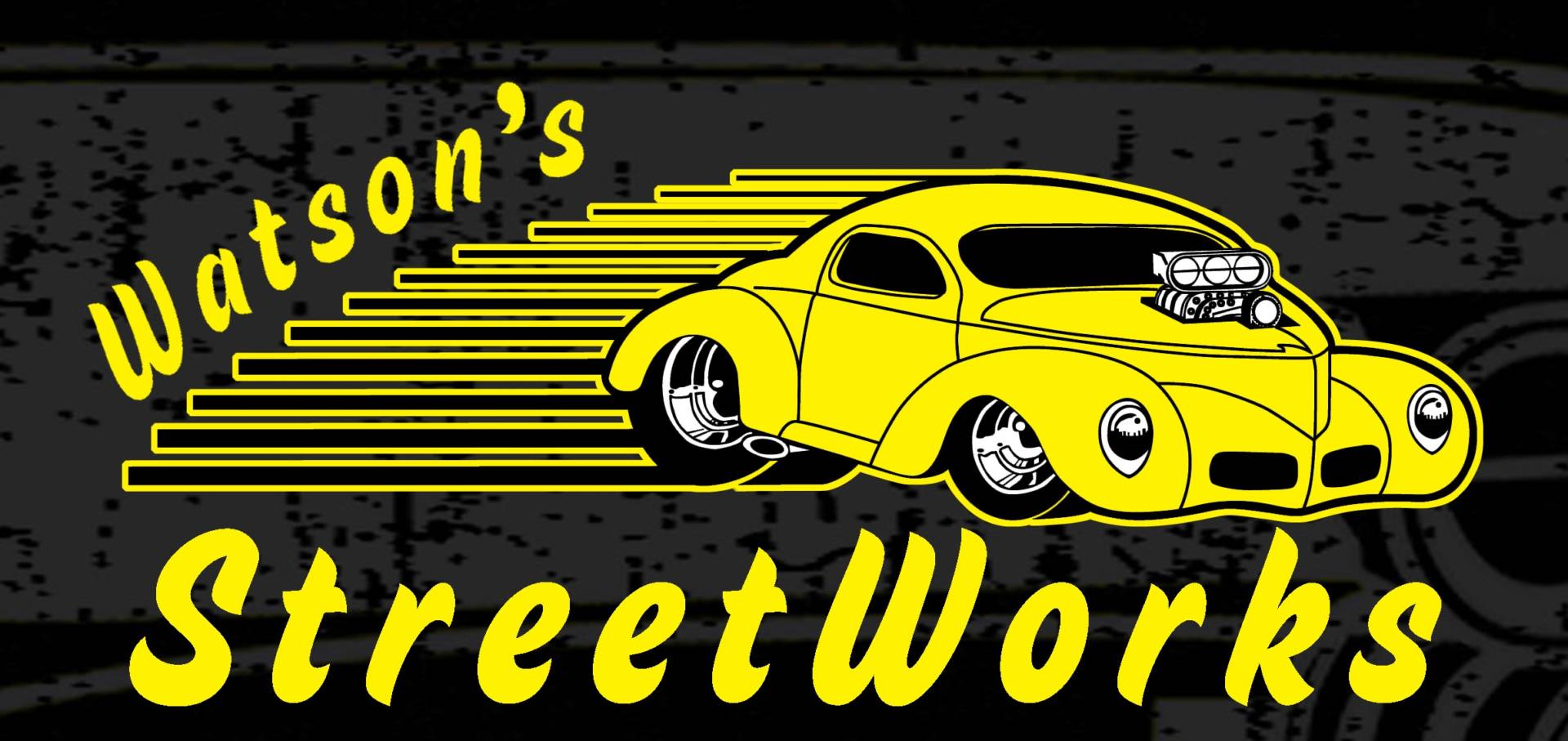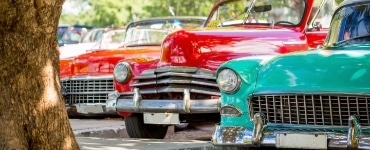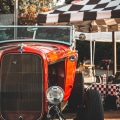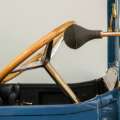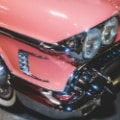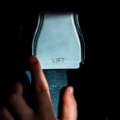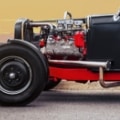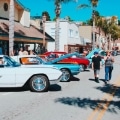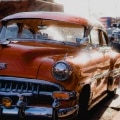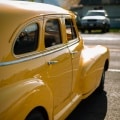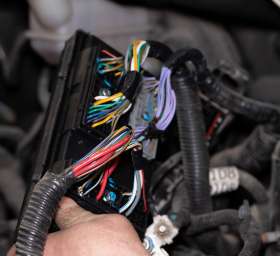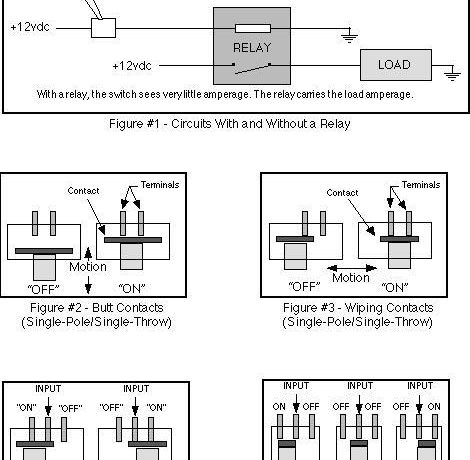Hot Rodding History: A Brief History of Hot Rod Culture Through the Ages Leave a comment
Hot Rodding History: A Brief History of
Hot Rod Culture Through the Ages
Hot rod culture is alive and well, even as hot rod styles have changed over the years. But to understand the intricacies of this fascinating pastime, you need to look back at hot rodding history. From the sun-kissed streets of California to the factories of Detroit, there’s an exciting tale to be told.
This article will review hot rod history and answer questions like, “Where did the term ‘hot rod’ come from?” Join us as we rev up our engines and speed down memory lane.
Where Did the Term “Hot Rod” Come From?
The origins of the term “hot rod” are lost to the shrouded mysteries of time. But most theories relate “hot” to “hotting up” or boosting a car’s performance, while “rod” is linked to the word “roadster.” Regardless of where the term came from, hot rodding has a storied history, starting at least a century ago.
The Speedster Era: The Precursor to Hot Rodding
As the Roaring 20s unfurled, a transformative spirit gripped the United States. Jazz music, flappers and Prohibition became cultural symbols of the decade, but beneath this lively veneer, another movement was rapidly gaining traction – the rise of the speedster.
The post-war boom of the 1920s saw an abundance of surplus car parts, especially from Ford’s Model T. Innovative and daring enthusiasts began modifying these vehicles, not just for aesthetics, but with a burning ambition to go faster. Stripping down the cars to their essentials, they reduced weight and increased power. The result, coined “speedsters,” was the beginning phase of what would soon be known as hot rodding.
Speedster meets and races became community events, drawing enthusiasts and curious onlookers alike. The thrill was not just in speed but also in the DIY mentality; every speedster was a unique testament to its creator’s mechanical abilities and vision.
This era laid the foundation of hot rodding: a blend of mechanical innovation, individual expression and the relentless pursuit of pushing limits.
The Gow Job Era: The Next Phase of Hot Rod History
As hot rod history proceeded, the introduction of Ford’s Model A engine in 1927 delivered almost twice the horsepower of the old Model T, leading to further innovations. Following the allure of the speedsters, the hot rodding movement morphed and took on a new identity as the 1930s approached.
Derived from “gowed up,” which meant a car that was modified or “souped-up,” gow job became synonymous with vehicles that were stripped down for speed and upgraded with modifications, often in makeshift garages and backyards.
These weren’t just racers but everyday vehicles — modest roadsters, coupes and sedans turned into roaring street beasts by their owners. It was a more affordable approach to car tuning, with local junkyards serving as gold mines for parts.
“Gow jobs” were marked by a scrappy, DIY attitude. Each car told a story of its owner’s ingenuity, often made with limited resources but unlimited passion.
While the aesthetics varied from one gow job to another, there were common characteristics. Fenders were often removed from early hot rods, and hoods discarded. Higher compression cylinder heads were sought after, and carburetors were frequently modified. The aim remained consistent: more speed, more power.
Races moved to Southern California’s dry lake beds, and weekend events saw enthusiasts from all walks of life gathering to test their machines and mettle against one another. These meets laid the foundation for organized drag racing in the years to come.
The gow job era was about more than just cars; it was about community and culture. It celebrated the idea that with creativity and determination, anyone could transform a mundane vehicle into a testament of personal expression and engineering prowess.
The War Years: A Pause in Hot Rodding History
Hot rodding history took a detour during World War II. As young men went overseas to serve their nation, the bustling streets that once echoed with the roar of hot rods grew silent. Many hot rodders, now turned soldiers, left their beloved machines at home, up on blocks in garages or backyards.
But even in the trenches and barracks abroad, the spirit of hot rodding endured. Soldiers from across the States exchanged tales of their prized possessions, the customizations they had made, the races they had won and the thrill of an open road under the power of a roaring engine. GIs from regions unfamiliar with hot rodding were introduced to this distinctive American subculture. These shared stories transcended the barriers of rank and geography. Many soldiers, inspired by these tales, dreamed of building or owning hot rods once the war was over.
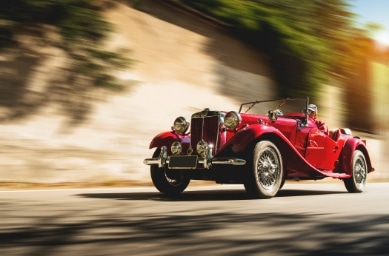
The Golden Age of Hot Rodding
Hot rodding history takes up again with the end of World War II. GIs returning home carried with them not just their own passion but also the tales and aspirations of their fellow servicemen. The post-war period saw a boom in hot rodding, with many veterans channeling their technical skills learned during the war into car modifications.
Hot rodding’s popularity exploded, transitioning from niche backyard projects to a nationwide phenomenon. Magazines dedicated to the craft, such as “Hot Rod,” became popular, immortalizing custom cars and the classic legends behind them. Races that were once informal gatherings at dry lakes became organized events, with official strips like the Santa Ana Drags in California hosting eager competitors with their dragsters.
The cars of this era were more than mere machines; they were artworks reflecting the dreams and personalities of their builders. With the availability of surplus war materials and technological advancements, the modifications became more sophisticated.
Chrome gleamed under newly designed neon lights, flashy paint jobs showcased evolving artistry and the powerful engines roared even louder. Popular hot rodding styles varied from sleek, streamlined roadsters to the burgeoning custom scene’s chopped, channeled and sectioned cruisers.
Technical innovation was at the heart of the golden age of hot rodding. The introduction of the overhead valve V8 engines, notably by General Motors in the early ’50s, opened up new horizons for power and performance. This era also saw the birth of renowned car clubs and the establishment of the National Hot Rod Association (NHRA) in 1951, further legitimizing the hobby and establishing safety standards.
Cruising became a social ritual, with main streets and drive-in restaurants becoming weekly hotspots for hot rodding enthusiasts to showcase their latest modifications and exchange tips and stories.
The Billet Era of Hot Rodding
The evolution of hot rodding, always intertwined with advances in technology and shifts in style, took a distinctive turn during the 1980s and early 1990s with the advent of the billet era. The term “billet” refers to a solid block of metal, typically aluminum, that’s machined into a specific shape. With the rise of computer numeric control (CNC) machines, creating custom automotive parts with precision became not just possible but popular.
The billet era of hot rodding history represented a departure from the raw, stripped-down aesthetic of early hot rods. Instead, it was characterized by smooth, polished and often gleaming custom components. These parts, made from machined billet aluminum, provided a sleek, modern contrast to the traditional chrome accents of previous decades. Everything from custom wheels to dash inserts to intricate door handles and mirror mounts began to sport the distinct billet look.
Cars of this era were often adorned with an attention to detail that was previously difficult to achieve. Panels aligned with precision, gaps were minimized and the fit and finish of cars reached a new zenith. The paint jobs, too, took on a more sophisticated flair with intricate graphics, fades and airbrushing.
However, like all shifts in style, the billet era faced its fair share of critiques. While many lauded the craftsmanship and modern appeal of billet components, purists believed that hot rodding was moving away from its rugged roots. They felt the scene was becoming more about show than functionality.
Hot Rodding Today
With the introduction of street rods and rat rods, today’s hot rod culture continues to boom. The contemporary hot rodding scene is an exhilarating blend of past, present and future, marking a renaissance that honors its storied roots while eagerly pushing the boundaries of innovation.
In today’s world, where technological advancements are constant, hot rodding remains a testament to our love affair with machines, but with a fresh twist that embraces the digital age.
Today’s hot rods often incorporate state-of-the-art technology: fuel-efficient engines, computer-aided designs and even electric and hybrid drivetrains, seamlessly merging with classic aesthetics. Digital touch screens nestle into vintage dashboards, and GPS systems guide vehicles that once relied solely on paper maps and intuition. High-tech suspensions provide smoother rides, while modern braking systems ensure safety without compromising the classic look.
The DIY spirit of hot rodding endures, empowered by the vast resources available online. The internet has not only democratized knowledge — making tutorials, parts sourcing and specialist advice easily accessible — but has also forged global communities. Enthusiasts from every corner of the world connect, share and collaborate, making hot rodding more diverse and inclusive than ever.
Modern hot rodding culture includes events and conventions that continue to draw crowds, both young and old. They offer a space where veterans and newcomers exchange stories, techniques and visions for the future. The intergenerational exchange ensures that the traditions of hot rodding are passed down, all while being rejuvenated by fresh perspectives.
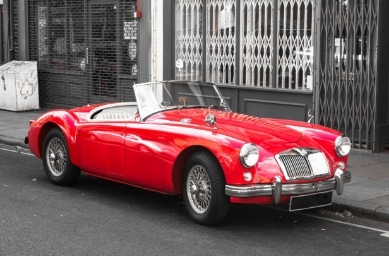
Frequently Asked Questions About Hot Rodding History
As the go-to source for hot rod parts, Watson’s StreetWorks is uniquely positioned to answer your questions about hot rodding history. Read on to learn more.
What Is Hot Rodding?
Hot rodding is the modification of a car, usually an older model, to make it more powerful and faster.
What Year Were Hot Rods Popular?
The 1950s were the golden era of hot rods, but hot rodding continues to be a popular pastime today.
Where Can I Get My Technical Questions Answered?
Email us your technical questions at tech@watsons-streetworks.com. We’re here to help.
Purchase Hot Rodding Parts From Watson’s StreetWorks
Watson’s StreetWorks supports your hot rodding with a wide range of components, including latches and hinges. We offer quick turnarounds and unmatched customer service. Shop now and get the parts you need.
Articles Related to Hot Rodding History
How to Install a Wiring Harness in a Hot Rod
Get basic advice on how to put a new wiring harness in your hot rod.
Discover must-know tips on selecting wiring panels and kits.
Learn everything you need to know when purchasing switches for your hot rod.
